Despite being bordering countries, there aren’t many direct routes between Denmark and Germany. To ameliorate this, the two countries have embarked upon an ambitious collaboration: the Fehmarnbelt tunnel. This tunnel will dramatically reduce travel times between major cities like Copenhagen and Hamburg, and will serve not only as Denmark’s largest infrastructure project but also the world’s longest immersed tunnel at 11 miles.
Tunnel construction began in 2020 on Denmark’s side, while Germany began a year later in 2021. Upon its expected completion in 2029, the Fehmarnbelt tunnel will slash the journey from Hamburg to Copenhagen from five hours to just two-and-a-half hours, while at the seashore, a ferry trip that once took 45 minutes will now be cut into a 10-minute drive or a seven-minute train ride.
“By significantly reducing travel time between Germany and Denmark, it will make our country more accessible than ever for visitors from central Europe,” Mads Schreiner, international market director at VisitDenmark, told CNN.
The tunnel is grand both in its purpose as well as in its structure, which will span two-lane road highways in both directions, alongside two electrified rail lines. Given that it’s an immersed tunnel rather than one dug through solid land mass, the Fehmarnbelt is also being built with prefabricated concrete sections, each of which will be dropped into a trench dug into the Baltic’s seafloor, linked together, and then finally buried. These sections, of which there are 79, weigh the equivalent of 10 Eiffel Towers at an astounding 73,000 tons and clock in at 712 feet, offering insight into just how monumental an undertaking the project is.
The sheer scale of these various pieces demands an equally massive factory. Near Rødbyhavn on Denmark’s Lolland island is a purpose-built assembly facility dedicated to tunnel construction—and it’s as big as 300 football fields on the shore. Each section is predicted to take about nine weeks to build, and will contain specially engineered gaskets and secondary seals, which will allow them to float as tug boats haul them into position out at sea. There, they will be meticulously lowered into the pre-dug trenches.
“There will be no test run for the actual immersion,” Denise Juchem, a spokesperson for Femern A/S, the Danish company leading the project, explains. “It must work the first time. We will not compromise on quality and safety. That is why we are taking the necessary time to ensure that we are perfectly prepared.”
Last month, the first two elements of the Fehmarnbelt tunnel were pulled a short distance toward the work harbor. Currently, the construction crew is preparing for the immersion of the first element off the Danish coast. The Fehmarnbelt tunnel has received major funding from the European Union, and costs more than $7.4 billion euros (about $8 billion in U.S. currency).
To stay updated about the Fehmarnbelt tunnel and its latest developments, visit the Femern website.
Construction is underway for the Fehmarnbelt tunnel, which will connect Denmark’s Rødbyhavn and Germany’s Puttgarden and drastically reduce travel time between the two bordering countries.
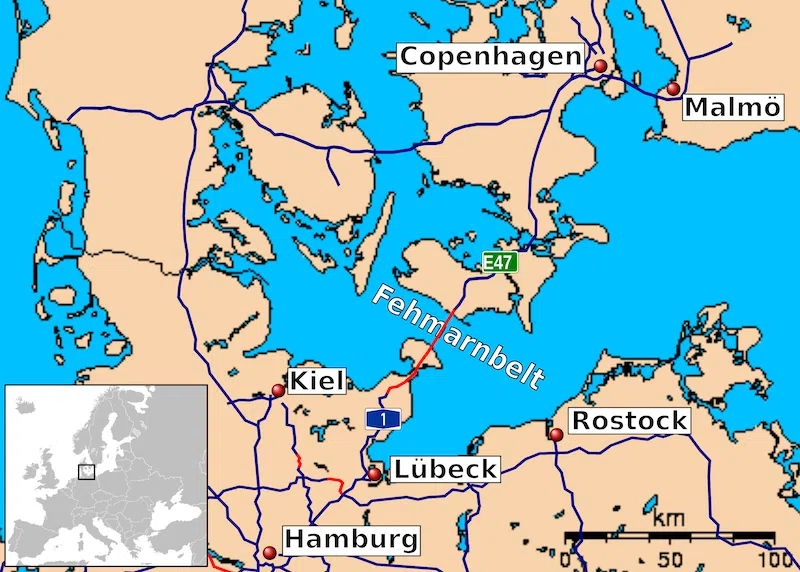
Map showing the route of the Fehmarnbelt tunnel. (Photo: Bowzer, via Wikimedia Commons, GNU Free Documentation License)
Once completed in 2029, the Fehmarnbelt tunnel will be the world’s longest immersed tunnel at 11 miles, and will contain two-lane road highways in both directions as well as two electrified rail lines.
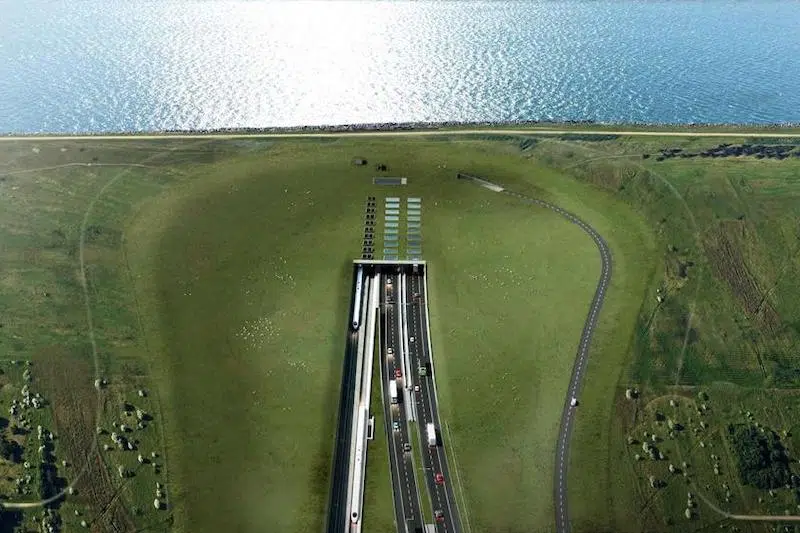
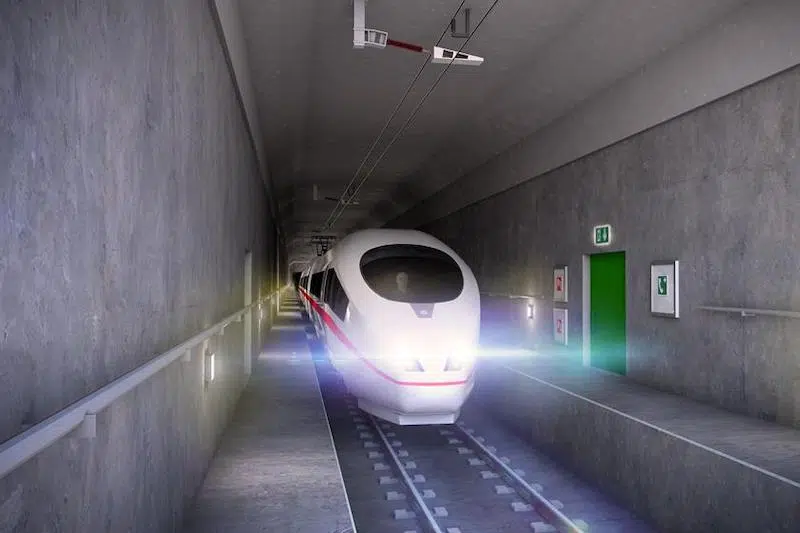
The tunnel will offer unprecedented access between urban hubs like Hamburg and Copenhagen, and increase connectivity between northern and central Europe.
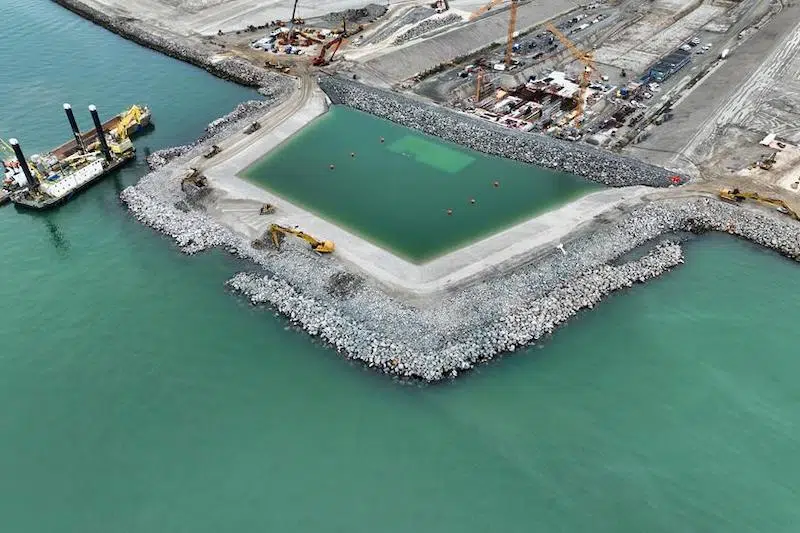
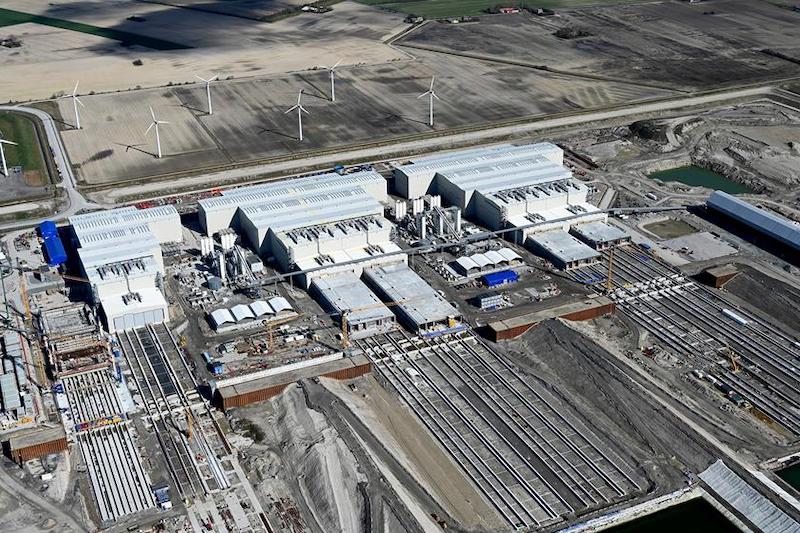
Femern A/S: Website | Instagram
All images via Femern.
Sources: Fact sheet on the Fehmarnbelt tunnel; Fehmarnbelt Tunnel – The world’s longest immersed tunnel; A vast undersea tunnel is being built that will change the road and rail map of Europe
Related Articles:
London’s Mile-Long Kingsway Exchange Tunnels to Receive $268M Renovation
Artist Uses Magnetic Tape to Transform Historical Chapel into an Energetic Tunnel
World’s Deepest Pool Includes Underwater Tunnel and Hotel Rooms
